Architectural Memory
Architecture acts as a commemorative piece of art, paying tribute to different styles, religions, lifestyles, and cultures. The specific architecture of war monuments is characterized by planting an everlasting seed of remembrance for the lost and sacrificed souls during wars. The design and construction of war monuments significantly vary, reflecting the historical and cultural contexts in which they are built.
From Battlefield to Memorial
The architecture of war monuments progressed significantly through the years, reflecting the evolution of architectural styles, socio-cultural characteristics, and methods of conserving and preserving how wars are remembered and commemorated.
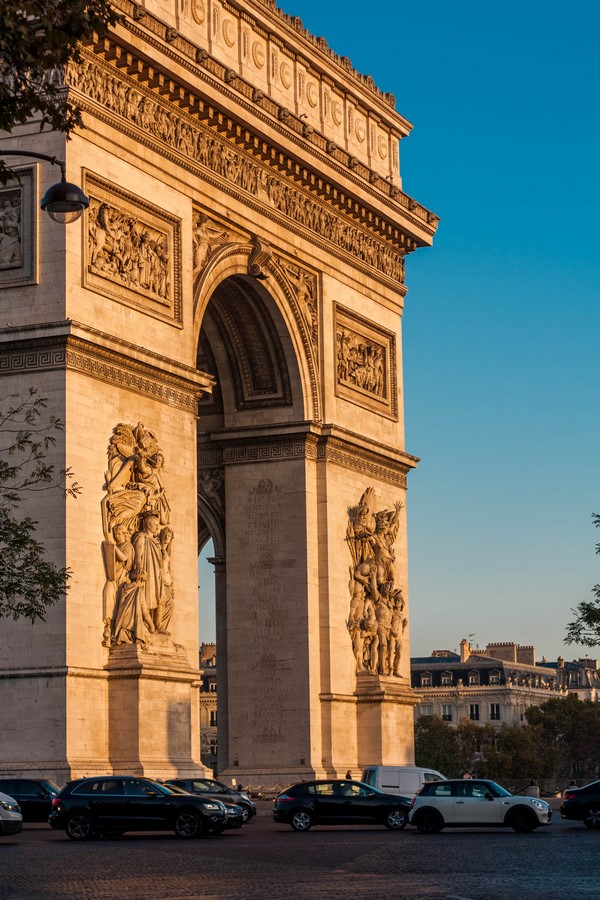
Ancient and Classical Periods:
Stone columns or obelisks were the most dominant elements in the early war memorials of ancient civilizations. To honor their fallen soldiers, Classical Greek and Roman civilizations embraced simple markers using various architectural elements like triumphal arches, statues, and inscriptions to commemorate military victories.
Medieval and Renaissance Periods:
Churches and cathedrals served as places of remembrance during the medieval and Renaissance periods. They incorporated the installation of tombstones and stained-glass windows in churches to commemorate knights and nobles who died in battle.
Neoclassical and 18th Century:
By drawing inspiration from Greece and Rome, the neoclassical architectural style dominated the design of war memorials in the 18th century.
19th and 20th Century:
War memorials in the 19th and 20th centuries were being erected as large-scale structures, especially in Europe, to commemorate the fallen in the Napoleonic Wars, the American Civil War, and World War I.
Interwar Period:
After World War I, there was a significant shift in war memorial design. The trauma of the war led to a more somber and reflective approach.
Many war memorials of this era featured realistic depictions of soldiers or mourning figures, reflecting the collective grief of a generation.
World War II and Beyond:
World War II brought about a new era of war memorial design, often focusing on the theme of triumph and resilience. Modernist and abstract designs became more common.
The Architecture of War Monuments
Battlefield Monuments
Many war monuments have their origins on the actual battlefields where significant conflicts took place. These often take the form of simple markers or memorials erected in the immediate aftermath of the battle. Battlefield monuments are designed to mark the location of significant events or to commemorate specific units or individuals who played a crucial role in the conflict. These can include plaques, statues, and inscriptions.
Types of War Monuments:
National memorials: Capital cities often hold large-scale monuments such as the Washington Monument in Washington, D.C., and the Arc de Triomphe in Paris.
Local memorials: Smaller monuments built in communities to commemorate the service and sacrifices of local individuals.
Cemeteries: War cemeteries are dedicated to the burial of soldiers who died during a conflict, often marked with rows of uniform gravestones or crosses.
Memorials
The Hiroshima Peace Memorial (A-Bomb Dome) – Hiroshima, Japan:
The Hiroshima Peace Memorial, commonly known as the A-Bomb Dome, is a UNESCO World Heritage site and a powerful symbol of peace. The building, designed by Jan Letzel, was originally the Hiroshima Prefectural Commercial Exhibition Hall. It withstood the atomic bombing of Hiroshima on August 6, 1945, where it is preserved despite its ruined state as a reminder of the devastating consequences of nuclear warfare.
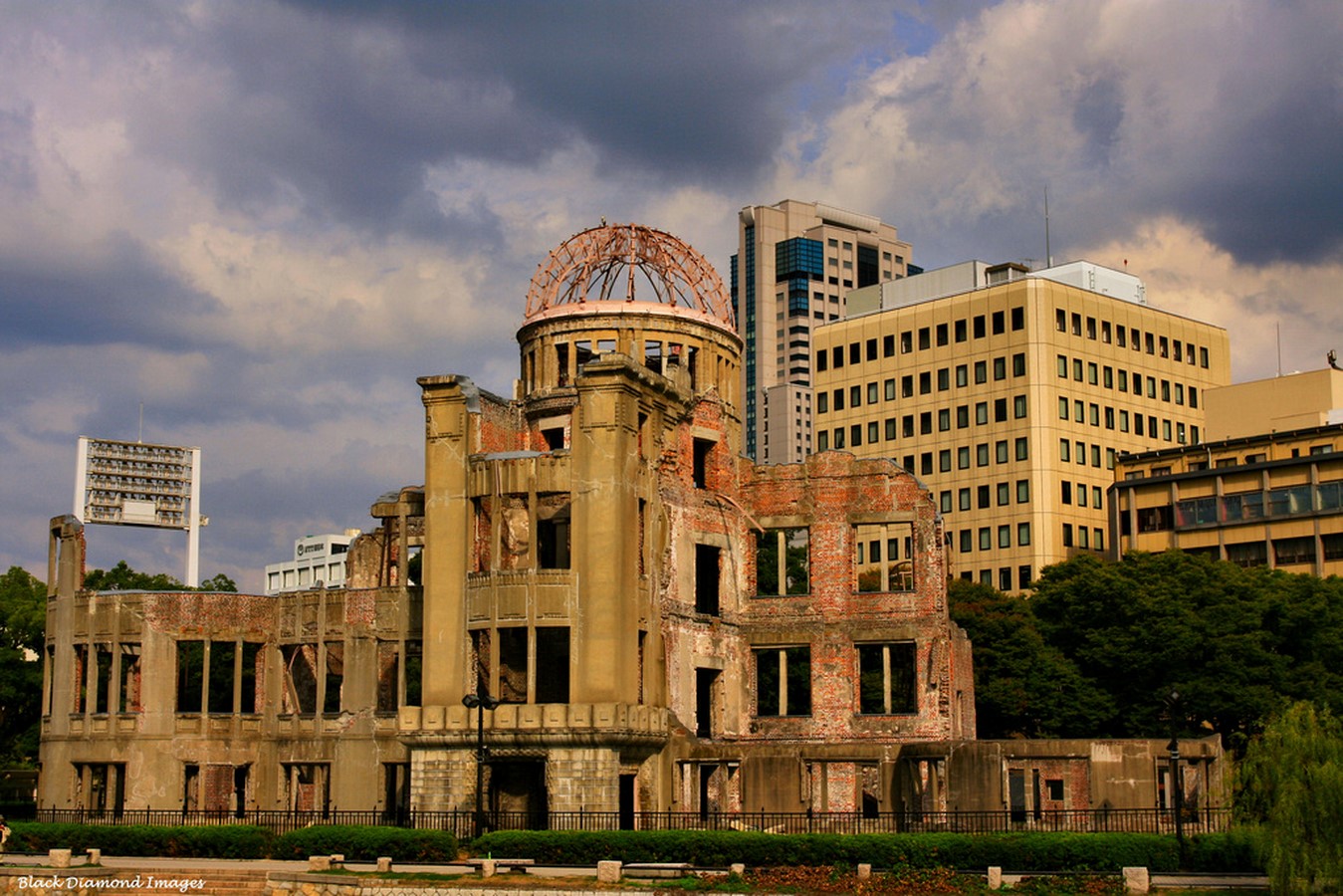
The National War Memorial (Amar Jawan Jyoti) – New Delhi, India:
As India’s first venture to showcase battlefield memorial architecture, the National War Memorial was inaugurated in 2019. The memorial consists of four concentric circles (representing chakras) and an obelisk. It is designed to reflect the principles of sacrifice (tyag) and reverence (shraddha). The design incorporates elements of modernity and tradition, creating a space for solemn remembrance and reflection.
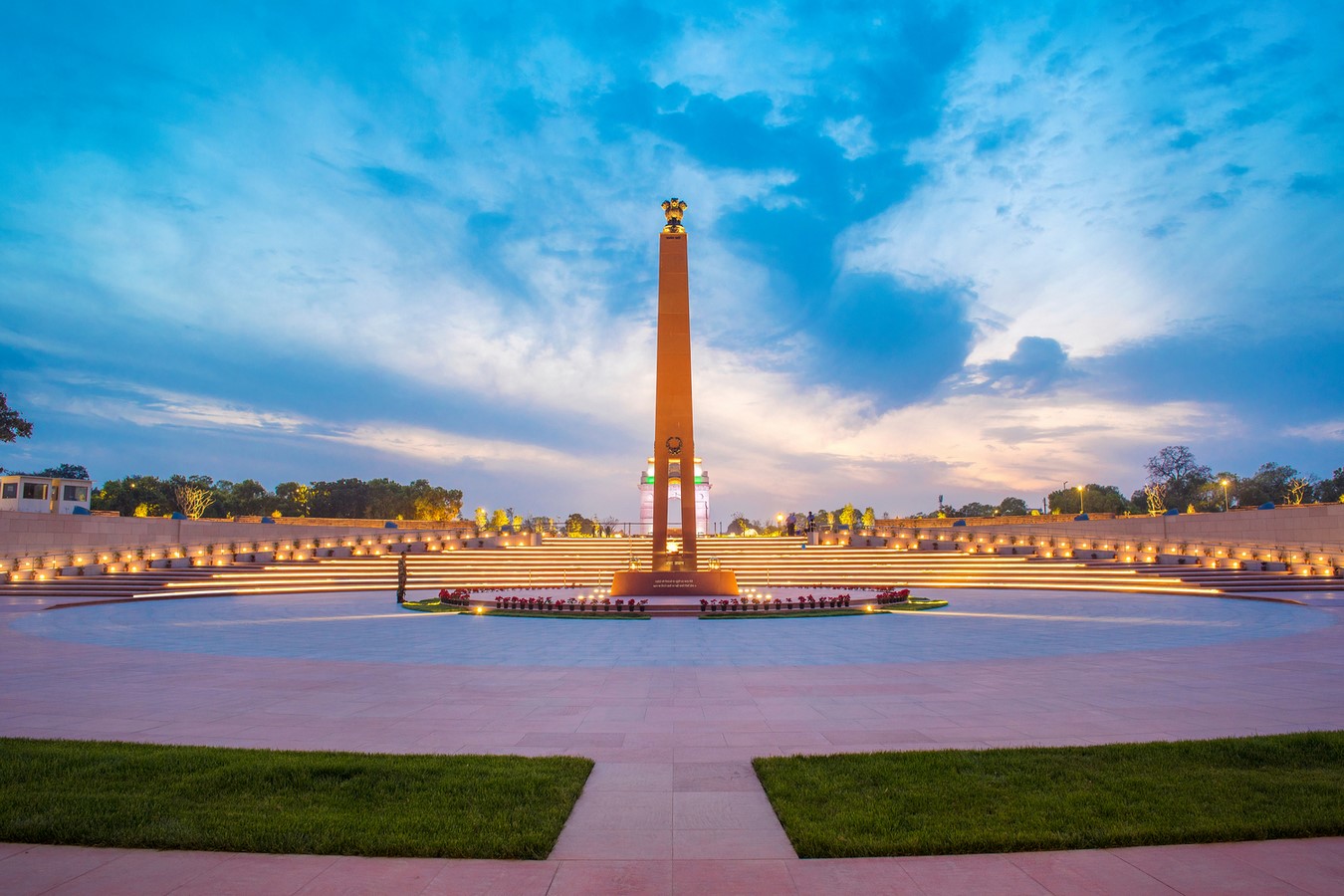
The World War II Memorial – Caen, Normandy, France:
Located in the Normandy American Cemetery, this memorial, designed by architects Louis Arretche and Paul P. Cret, commemorates the Allied soldiers who fought and died in the Normandy Campaign during World War II.
The memorial features reflecting pools, gardens, and a semicircular colonnade with inscriptions and maps of the Normandy landings.
It serves as a place for visitors to reflect on the significance of D-Day and the sacrifices made to liberate Europe from Nazi occupation.
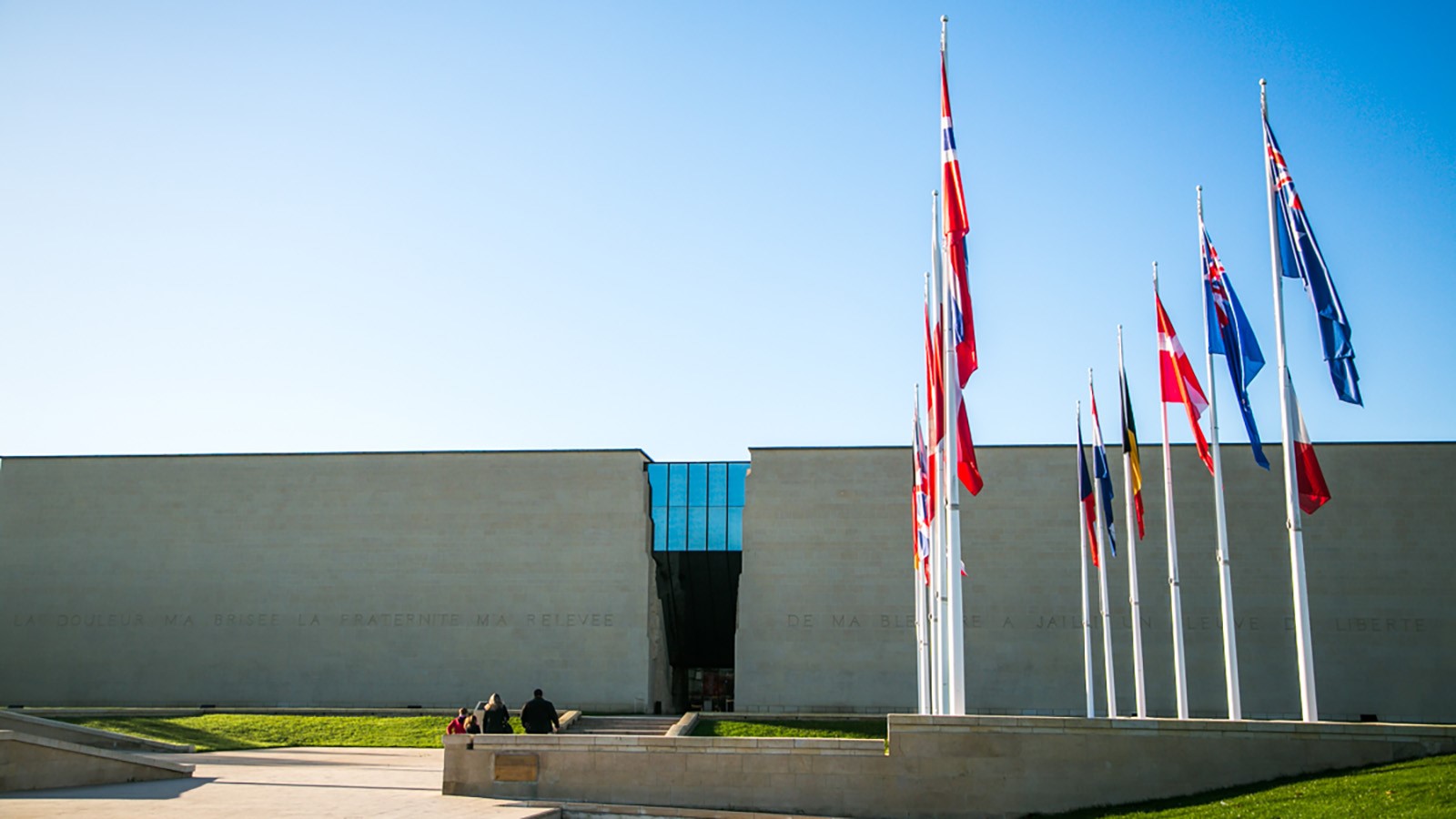
The Menin Gate – Ypres, Belgium:
The Menin Gate is a memorial to British and Commonwealth soldiers who died in the Ypres Salient during World War I and have no known grave.
Designed by Sir Reginald Blomfield and completed in 1927, the memorial is a large triumphal arch adorned with the names of over 54,000 missing soldiers.
The Menin Gate is renowned for its simplicity and reverence, with the daily Last Post ceremony held at the memorial adding to its historical significance.
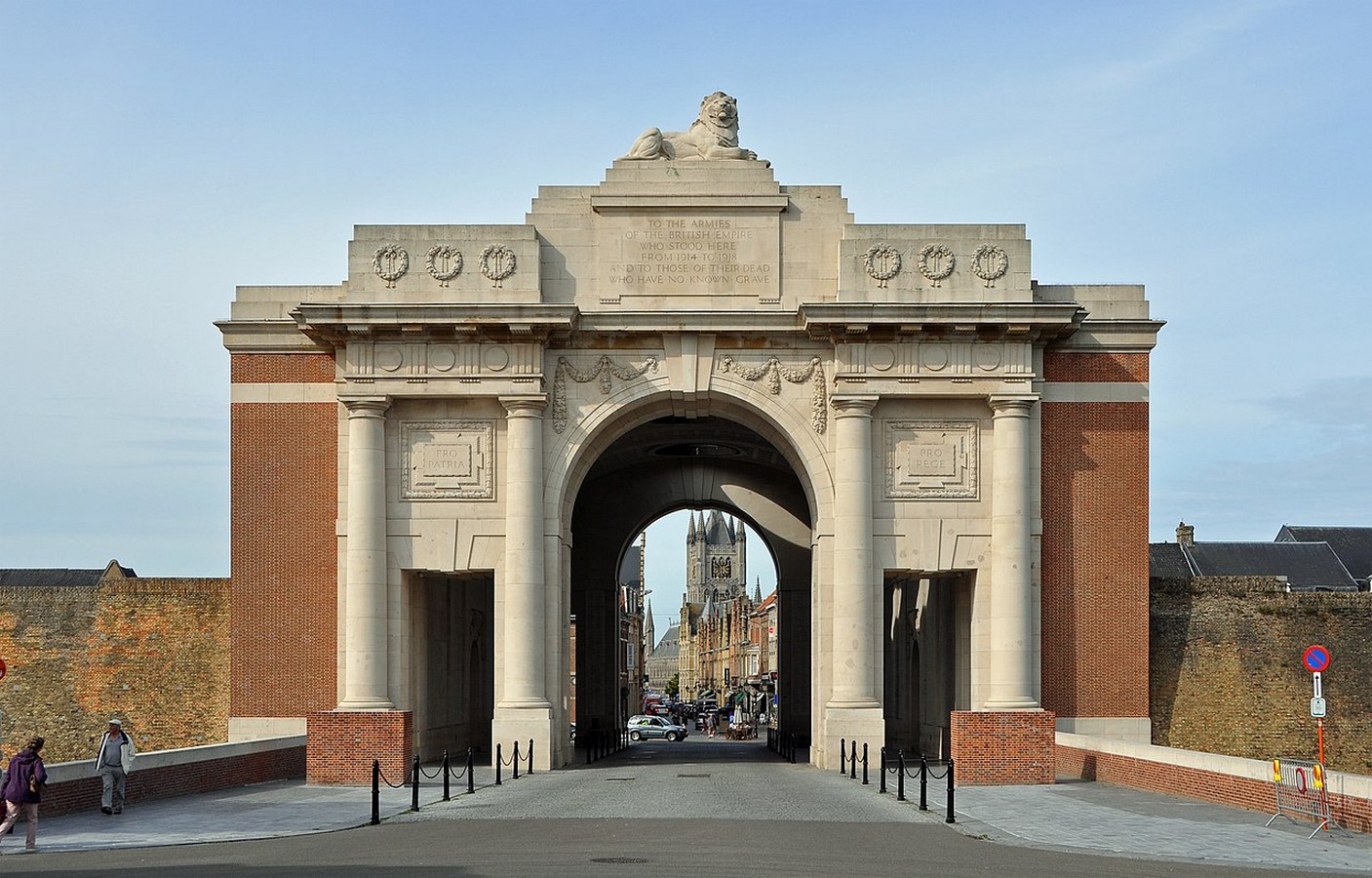
The Australian War Memorial – Canberra, Australia:
Serving as both a war museum and a memorial, the Australian War Memorial was completed in 1941. The main structure features a Byzantine-inspired dome and a long commemorative courtyard adorned with various sculptures and inscriptions.
The memorial’s distinctive design combines elements of classical and Art Deco styles, reflecting the architectural influences of its time.

War monuments hold profound significance in our collective history and culture, serving as powerful symbols of remembrance, honor, and reflection. These monuments play essential roles in preserving the memory of those who served and sacrificed, educating future generations, and providing spaces for healing and closure. They encourage reflection on the cost of war, inspire respect for those who served, and express the values and ideals of societies.
References:
Cwgc. (n.d.). War memorial design through history. CWGC. https://www.cwgc.org/our-work/blog/war-memorial-design-through-the-ages/
The University of Canterbury. (n.d.). Illuminating the battlefield memorial architecture of Samuel Hurst Seager. The University of Canterbury. https://www.canterbury.ac.nz/news/2017/illuminating-the-battlefield-memorial-architecture-of-samuel-hurst-seager.html
Memorial Art and Architecture on Civil War Battlefields. (n.d.). https://www.essentialcivilwarcurriculum.com/memorial-art-and-architecture-on-civil-war-battlefields.html

















